 The next module I did was the 9730 dual VCF module. This module holds two identical filters with low pass, high pass and band pass outputs. They are both 12 db/oct, but off course you can combine them to act as a 24 db/oct filter. The module also holds a modulator that acts as an Envelope Generator. I'm very curious how this filter will sound later on.
The next module I did was the 9730 dual VCF module. This module holds two identical filters with low pass, high pass and band pass outputs. They are both 12 db/oct, but off course you can combine them to act as a 24 db/oct filter. The module also holds a modulator that acts as an Envelope Generator. I'm very curious how this filter will sound later on.Before I continued with soldering the PCB though I first mounted all the remaining front panel components to the remaining front panels. You can see them in the picture on the left. For the VCF module I noticed before I started also that I missed a component. Again a trim potmeter was missing. I e-mailed PAIA about this earlier and luckily by the time I started soldering this module it had already arrived in the mail. Soldering this module again was no problem at all.
 With the wiring though I encountered another weird problem with the wire itself. The isolation of the wire seemed a bit hard while stripping and during soldering it tended to burn very quickly. It turned black where heated, though I'm sure that I didn't overheat it. Maybe an old kit with old wire? I have never encountered this in my Electronics career before to be honest. The wiring of this module was about the same as for the Dual VCO module. Quite a lot of wires. But again the documentation is quite clear. Some wires needed some extra insulation, because when the front panel is mounted to the PCB the leads from the mini jacks could touch the components on the PCB. And off course that would lead to unwanted short circuits. During the mounting of the front panel components again I found I missed a 1% resistor. I didn't E-mail PAIA about it this time. I will pick this up from my local electronics store to finish it.
With the wiring though I encountered another weird problem with the wire itself. The isolation of the wire seemed a bit hard while stripping and during soldering it tended to burn very quickly. It turned black where heated, though I'm sure that I didn't overheat it. Maybe an old kit with old wire? I have never encountered this in my Electronics career before to be honest. The wiring of this module was about the same as for the Dual VCO module. Quite a lot of wires. But again the documentation is quite clear. Some wires needed some extra insulation, because when the front panel is mounted to the PCB the leads from the mini jacks could touch the components on the PCB. And off course that would lead to unwanted short circuits. During the mounting of the front panel components again I found I missed a 1% resistor. I didn't E-mail PAIA about it this time. I will pick this up from my local electronics store to finish it. On the left you see a picture where I inserted the finished modules in the rack. It already starts to look like a modular synthesizer :) But still I need to finish the VCA module and put the power wiring in after that. I'm starting to wonder more and more if everything will work at once at this time. I started reading a bit in the manuals as well what has to be done afterwards and that is basically testing, tuning and calibrating. PAIA says it is possible with easy equipment, but I'm seriously considering buying an oscilloscope and a frequency counter, since that will make work a lot easier and I plan to build more projects in the future and without proper equipment you sometimes have no idea what you are doing. I used to have this stuff at my work when I worked in the electronics business, but not anymore now. So I'll find out what this stuff costs soon, since I have no idea.
On the left you see a picture where I inserted the finished modules in the rack. It already starts to look like a modular synthesizer :) But still I need to finish the VCA module and put the power wiring in after that. I'm starting to wonder more and more if everything will work at once at this time. I started reading a bit in the manuals as well what has to be done afterwards and that is basically testing, tuning and calibrating. PAIA says it is possible with easy equipment, but I'm seriously considering buying an oscilloscope and a frequency counter, since that will make work a lot easier and I plan to build more projects in the future and without proper equipment you sometimes have no idea what you are doing. I used to have this stuff at my work when I worked in the electronics business, but not anymore now. So I'll find out what this stuff costs soon, since I have no idea.



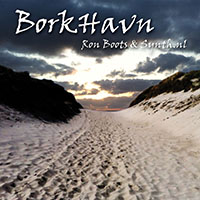


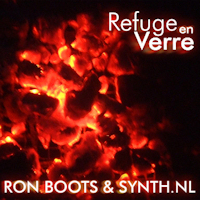
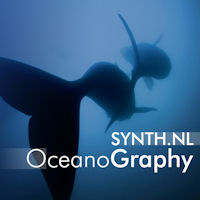
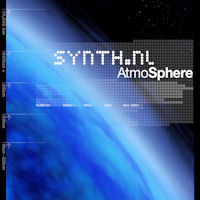
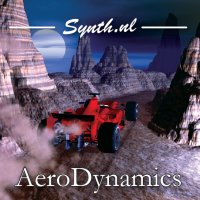
No comments:
Post a Comment